From June 11 to July 26, 2024, Leilei Gallery hosted the exhibition “A Heap of Broken Images”, bringing together 10 representative artists from new wave of contemporary art: Emma Bădulescu, Răzvan Bungărdean, Nora Cupcencu, Cristina Chirilă, Dan Dumănoiu, Matei Emanuel, Radu Gheorghe, Teodora Ionescu, Diana Oană, Elena Waldorf.
The group exhibition explores essential themes of the modern world, providing a faithful mirror of a reality marked by social disillusionment and alienation. Each artist presents a unique vision of universal subjects such as life and death, eroticism and pleasure, vulnerability, degradation and alienation, rebirth and transcendence. The exhibited works reflect a fragmented world, where human connections and fundamental values are under constant pressure, leading to a reevaluation of identity and the meaning of existence.
Thus, a contemplative space emerges, reflecting on the complexity of the human condition within a constantly shifting society, where old certainties crumble, making way for a new order that is equally challenging and uncertain.
A Heap of Broken Images not only visually documents a social and psychological state but also provokes, urging viewers to examine their own connection to these profound themes through art that acts as both witness and critic of its era.
Emma Bădulescu (Gwen), fascinated by the psychological complexity of characters in literature, film, and real life, composes allegorical scenes rich in symbols that concentrate memories from the communist era. She evokes the atmosphere of the play areas outside the communist apartment buildings, both in front of and behind them, where children invented primitive games and ingenious ways to satisfy their need for play and social interaction.
Răzvan Bungărdean presents a dialogue between analog and digital, old and new, where technology and tradition coexist harmoniously. Bungărdean explores the intersection of these two worlds, highlighting both the beauty of digital textures and the imperfections of analog techniques. His works, integrating digital influences, unconventional materials, and organic elements, capture the complexity, dynamic balance, and interconnectivity that define our current era, in constant movement and transformation.
Nora Cupcencu relentlessly seeks ways of visual analysis of the connection between life and death, asceticism and pleasure. The center of this visual research is sexual energy. Her own eroticism thus becomes a fundamental force that transcends mere sexuality and reveals deeper layers of existence. The exhibited works reflect a powerful visual dialogue between continuous and discontinuous states of being, as seen in Georges Bataille’s philosophical reflections, between vital attraction and the inevitability of finality, exploring the boundaries where identity dissolves into the sexual act, similar to the phenomenon of death. The images are generated by a visceral connection with the memory of one’s own impulses, sometimes revealed through an automatic, instinctual, almost ritualistic gesture. Nora Cupcencu focuses on the complexity of human sensuality, visually revealing aspects related to sexuality, transcendence, deep emotional connections, and identity challenges.
Through art, Death “as a point of coincidence for metamorphoses, it becomes an imaginary simultaneity manifested in the form of space”, as proclaimed by the artist. Although corrosive to creative capacity, this deeply unsettling experience fuels Cristina Chirilă’s inspiration, helping her “open doors to other worlds.” Beyond the disquieting meditation on the inevitability of death, the artist constructs a universe drawing from archetypes found in Shakespeare and Joyce, thus creating a dialogue between painting and literature. The dark color palette adds an extra dimension to the works, amplifying the sense of introspection and drama, which not only accentuates the connection between beginning and end but also contributes to creating an atmosphere of mystery and solemnity. The artist proposes a reflection on the fragility of existence and how it is filtered through a complex and introspective artistic language.
Dan Dumănoiu, with his windowless buildings, speaks of a world immersed in darkness, where human presence is suggested only by absence. The subject of these windowless buildings becomes a metaphor for isolation, estrangement, and a possible escape from a constraining reality. Dumănoiu’s abandoned houses are not merely constructions but symbols of a universe where light and warmth remain distant and illusory memories.
Radu Gheorghe brings to the forefront the play of lines and overlapping images intertwined with drawings that evoke objects – traces defining his originating universe. Transforming the absence of a loved one into a reinterpreted presence, these objects that embody someone’s persona become expressions of imagination, shaping an abstraction symbolizing finality. Each work thus becomes a network of meanings and personal references, a universe of forms and details reflecting an inner world in search of its own identity.
In Diana Oană’s creations, the sensitivity of line and the semi-transparencies of form create a meditative space, where the delicacy of outlines evokes the fragility of existence. Each line drawn seems to be a reverberation of an inner emotion, a subtle exploration of the boundaries between the visible and the invisible, between the concrete and the ephemeral. Through a unique plastic language, the artist composes a visual poetry relating to the surrounding world, evoking a synergy between the past and contemporary values
Teodora Ionescu is an artist focused on architectural elements, bringing them to the forefront by immersing “the concrete” into a dreamlike realm, where reality is softened and shaped by her will. The resulting works highlight a meditation upon urban identity and how the city, with all its grandeur and decay, becomes a space for introspection and dreaming.
Matei Emanuel challenges traditional art values by incorporating a style reminiscent of mass-produced products. He shows how everyday items, when reimagined as art, can gain new significance. His work encourages viewers to reflect on this idea. By suspending an object, he symbolizes the vulnerability and untapped potential of marginalized communities. Additionally, by placing another piece in a hidden or unconventional space, Matei prompts viewers to think about what is often ignored or neglected.
Through the video installation presented, Elena Waldorf brings a deeply introspective note on individual depersonalization. In a context where technology and artificial intelligence begin to redefine the boundaries of humanity, the installation becomes a possible manifestation of personal identity in a cold and hostile atmosphere, in a future increasingly controlled and shaped by algorithms, where disorganized emotions and repetitiveness become signs of alienation.
This body of artworks presented offers a profound analysis of the fragmentation and interconnection of contemporary human experiences, provoking an examination of how current realities intersect and influence one another. The exhibition thus becomes a starting point for critical reflection on our present context, revealing the complexity and diversity of experiences that define our time.
POSTED BY
Petru Lucaci
Petru Lucaci (b. 1956, Arad, Romania) is an artist, educator, curator and cultural manager living and working in Bucharest, Romania. He graduated with Honors from the Nicolae Grigorescu Institute of F...
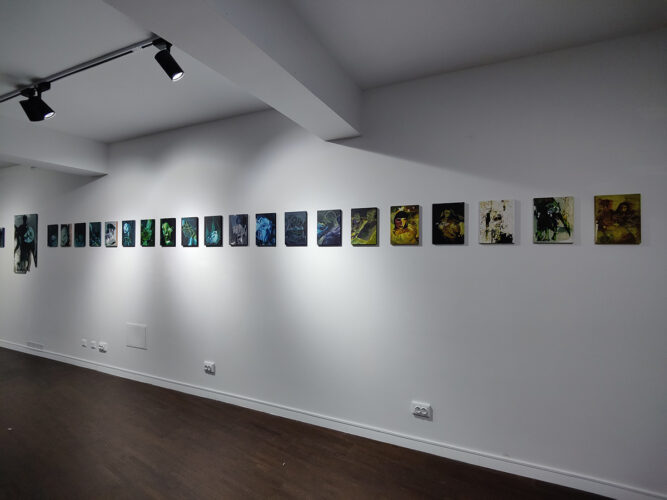
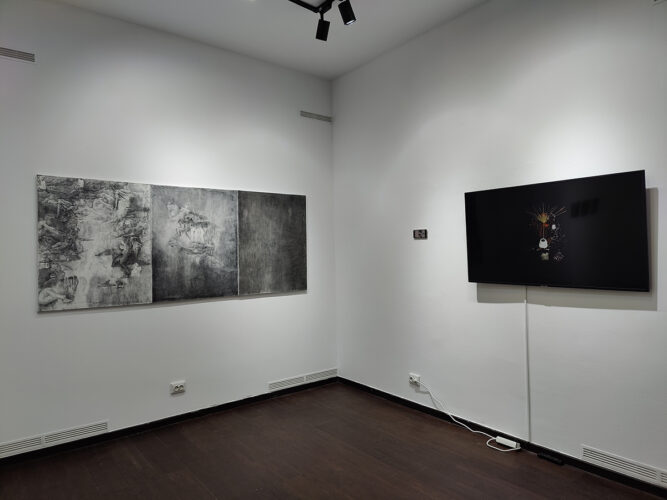
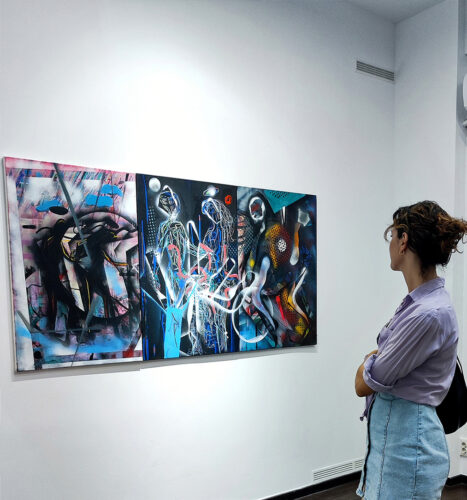
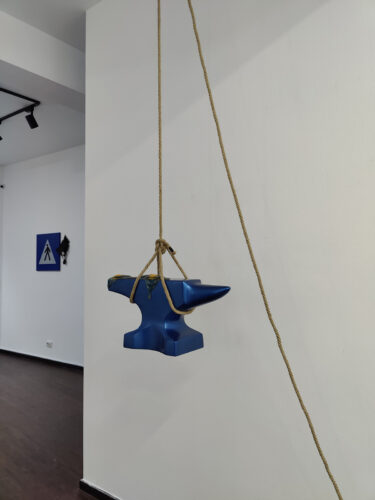
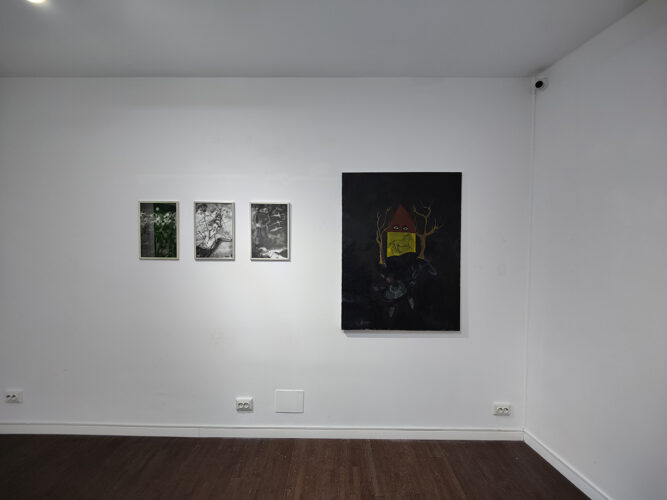
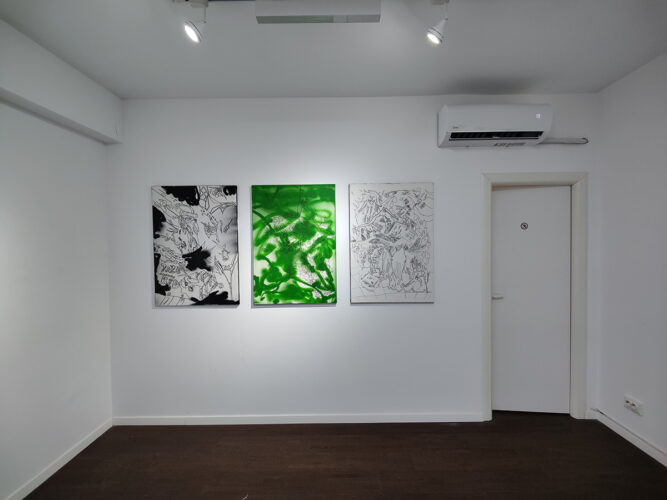
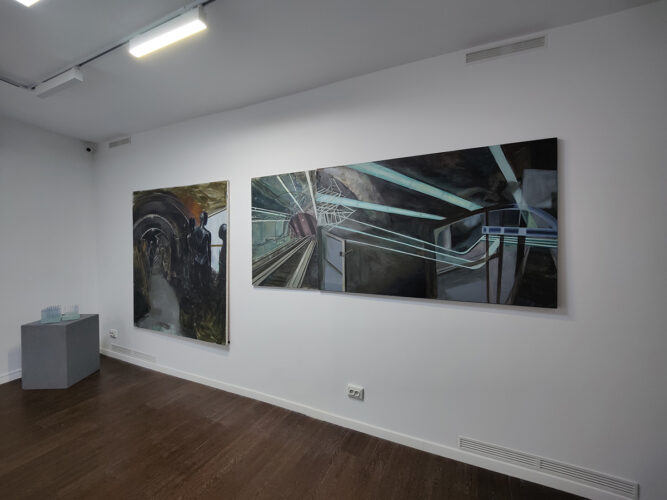
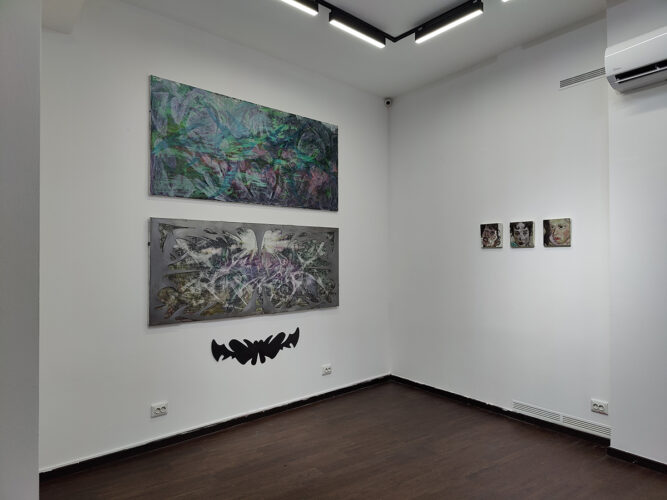
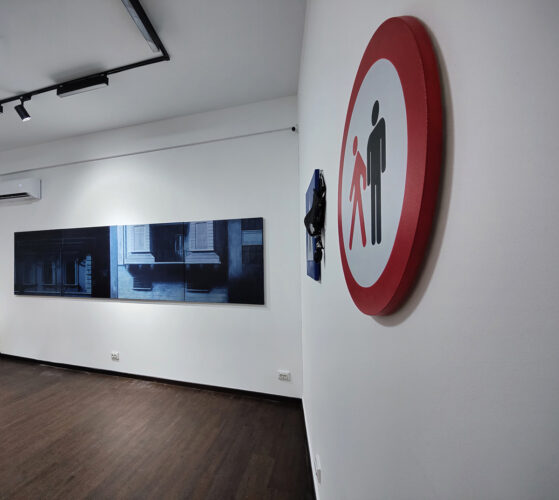


Comments are closed here.